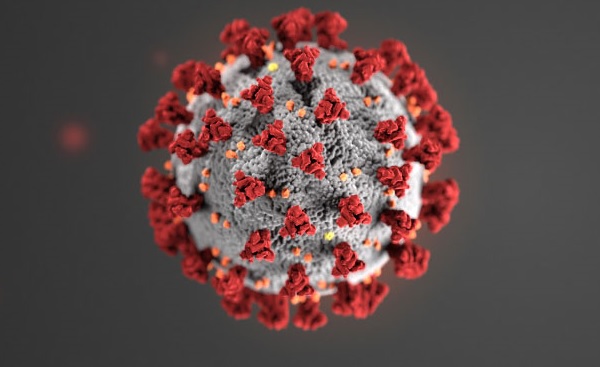
Luxembourg's Ministry of Health, together with the National Health Laboratory (Laboratoire National de Santé - LNS) and the Luxembourg Institute of Science and Technology (LIST), has issued a COVID-19 retrospective for the week of 30 August to 5 September 2021.
During this period, the number of people testing positive for COVID-19 increased from 542 to 573 cases (up 6%), whilst the number of their identified close contacts fell from 1,514 to 1,112 (down 27%).
Among the 573 new infections, 420 people were not vaccinated (i.e. 73.3%; down from 78.9% the previous week) whilst 153 people were fully vaccinated (26.7%; up from 21.1%).
The number of PCR tests carried out increased from 27,349 the week before to 29,057 last week.
Three people reported a positive rapid antigen test for the reference week (down from four the previous week), bringing the total number of positive results from such tests performed by healthcare professionals to 287. Since the introduction of self-tests, 804 positive results have been reported, with no cases for the week of 30 August to 5 September. Positive rapid antigen tests are not taken into account in calculating the positivity rate.
As of Sunday 5 September 2021, the number of active infections stood at 1,052 (up from 913 as of 29 August) and the number of people having recovered from the virus increased from 73,929 to 74,361. The average age of people diagnosed with COVID-19 remained stable at 31.7 years.
Two new COVID-19-related deaths were reported last week.
In hospitals, the number of confirmed COVID-19 patients in normal care increased from 21 to 22 over one week. The number of COVID-19 patients in intensive care increased from six to nine. The average age of hospitalised patients increased from 46 to 60 years. 76.7% of patients in normal care and 100% of patients in intensive care were not vaccinated.
Positivity rate & incidence rates
For the reference period, the effective reproduction rate (RT eff) dropped to 1.04 (from 1.11 the previous week). The positivity rate on all tests carried out increased remained stable at 1.97%; the positivity rate on tests performed through a doctor's prescription (i.e. people with symptoms) also remained stable at 6.19%.
The incidence rate increased from 85 to 90 cases per 100,000 inhabitants over seven days. Compared to the previous week, the incidence rate increased across all age groups except among 15-29 and 60-74 year-olds. The greatest increase was recorded in the 30-44 age group (up 16%), followed by the 0-14 (up 13%) and 45-59 (up 12%) age groups. The 0-14 age group had the highest incidence rate with 127 cases per 100,000 inhabitants, whilst the lowest incidence rate was recorded in the 75+ and 60-74 age groups.
Quarantine & isolation
During the week of 30 August to 5 September, 1,240 people were in isolation (up 21%) and 820 were in quarantine (down 16%).
Transmission
Travel abroad remained the most frequent context of transmission of COVID-19 infections (31.8%, up from 29.9% the previous week), followed by the family circle (25.2%) and leisure activities (6.3%). The source of infection was not clearly attributable in 28.6% of cases (down from 34.7% the week before).
Vaccinations: update
For the week in question, a total of 7,401 vaccine doses were administered in Luxembourg. 3,584 people received their first dose, 3,757 received their second dose and 60 received a third dose, bringing the total number of vaccinations administered as of 8 September to 769,652. A total of 395,384 people have been fully vaccinated to date.
As of 2 September, the vaccination rate for people aged 18 and over with a complete immunisation schedule was 71.5%. Luxembourg ranked 12th out of the 30 European countries listed by the European Centre for Disease Prevention and Control (ECDC).
Wastewater monitoring
The level of contamination of the thirteen sampled wastewater treatment plants studied by LIST during the week of 30 August to 5 September showed a continued high national prevalence of SARS-CoV-2 flux values. A new increase was recorded this week, with values specific to those observed for several weeks.








